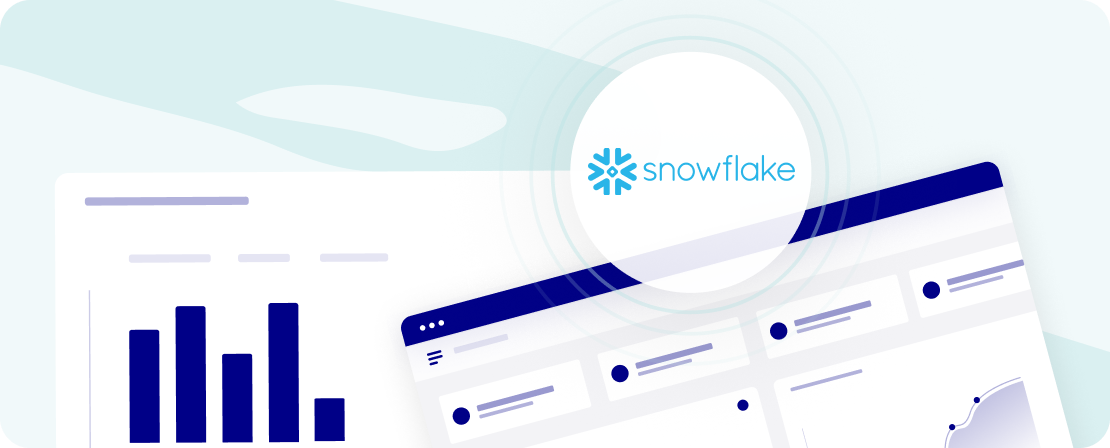-
Why would I need Cube if I already have a data governance platform?
+
While data governance platforms are essential for maintaining data quality and governance across the organization, Cube serves a specific purpose in finance. We empower finance teams with advanced analytics, financial planning capabilities, and business performance analysis. Both tools can complement each other, ensuring well-governed and reliable financial data for informed decision-making across the organization.
-
Are Cube and Snowflake redundant together?
+
No. Cube is an FP&A tool focused on financial modeling, budgeting, forecasting, and business performance analysis. On the other hand, Snowflake is a data warehouse platform for managing and analyzing large volumes of structured and semi-structured data.
They complement each other by sharing data. Cube utilizes Snowflake's data for financial analysis, and Cube's data can be sent to Snowflake to enhance the data warehouse. Integration depends on the customer's needs, enabling them to leverage both tools for better data-driven decisions.
-
What data can be transferred as part of a Snowflake and Cube integration?
+
There are no limitations. Whatever data is in your Snowflake can be brought into Cube.
-
Can the integration between Snowflake and Cube be customized to meet my business requirements?
+
Yes, specifically for data categories and metadata—i.e., what data you bring and how you organize it in your model and structure. Reach out to a team member for how this works with custom integrations.
-
What's the typical setup time for a Snowflake and Cube integration?
+
Two to four weeks.


“
Cube has allowed the team to spend more time analyzing the data and less time compiling data. We have our CRM, HRIS, financial, and budget data in one place and standardized for a fraction of the cost of several other solutions we looked at.Robert Gilbert, VP of Finance